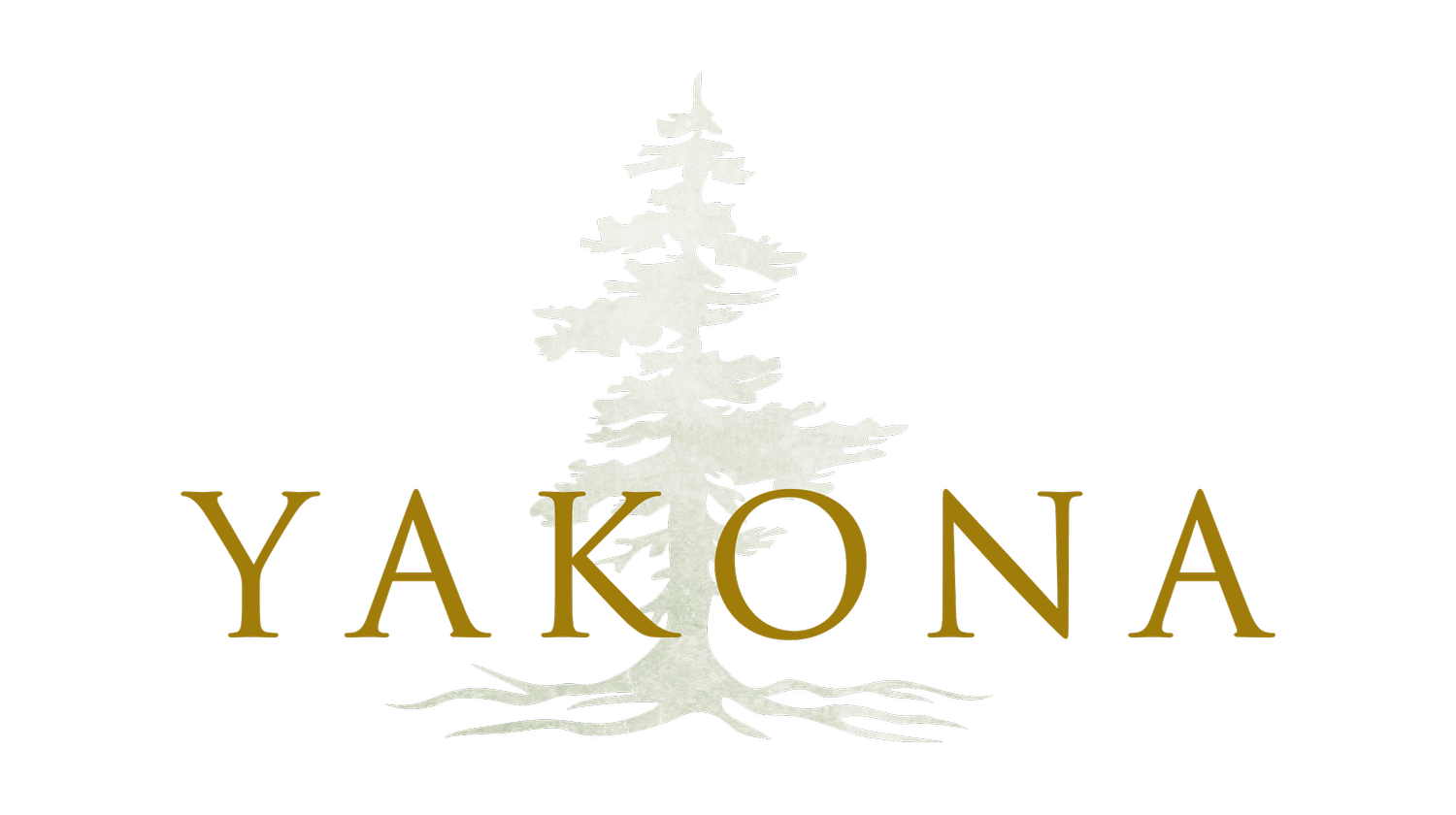the american chestnut tree
The American chestnut, Castanea dentata, once dominated portions of eastern U.S. forests. Numbering nearly four billion, the tree was among the largest, tallest, and fastest-growing in those forests. Squirrels were reportedly able to travel many miles without touching ground by scampering through their canopies. The nuts provided an abundant food source, and Indigenous Peoples responded in kind by managing the landscape to improve habitat for chestnuts. Humans benefitted not only from the chestnuts themselves, but from the immense opportunities it created for wildlife.
As European settlers arrived and displaced native peoples, they learned that chestnut wood was rot-resistant, straight-grained, and suitable for furniture, fencing, and building materials. It was preferred for log cabin foundations, fence posts, flooring, and caskets. Later, railroad ties and both telephone and telegraph poles were made from chestnut, many of which are still in use today.
Nut-ripening and gathering nearly coincided with the holiday season, and late 19th century newspapers often featured articles about railroad cars overflowing with chestnuts to be sold fresh or roasted in major cities.
All of this began to change in the late 1800’s with the introduction of a deadly blight from Asia. In about 50 years, the pathogen Cryphonectria parasitica reduced the American chestnut from its invaluable role to a tree that now grows mostly as an early-successional-stage shrub. There has been no new chestnut lumber sold in the U.S. for decades, and the bulk of the 20-millon-pound annual nut crop now comes from introduced foreign chestnut species, or from nuts imported from Italy or Turkey.
How, you may ask, does this relate to Yakona? Last month while clearing ice storm damage from the Old School Site in West Yaquina, Nick Marrant and Grant Snyder discovered a tree unlike any other on the preserve. Research revealed that an American chestnut tree has survived here, far removed from the blight that killed those on the East Coast. Another non-native species grows nearby, Port Orford cedar, and it’s nearly certain the settlers who built homes near the old schoolhouse planted these species along with multiple native rhododendrons to festoon their landscape.
While our chestnut tree blew over and the trunk is lying mostly on the ground, apparently, she’s still rooted with healthy branches now growing vertically. Without another chestnut tree to fertilize her flowers, she won’t bear nuts. But as we continue to clear the site of salmonberry and beautify the area, we may discover another chestnut tree and collect beloved chestnuts in the autumn. We’ll keep you posted.
Reference: The American Chestnut Foundation
